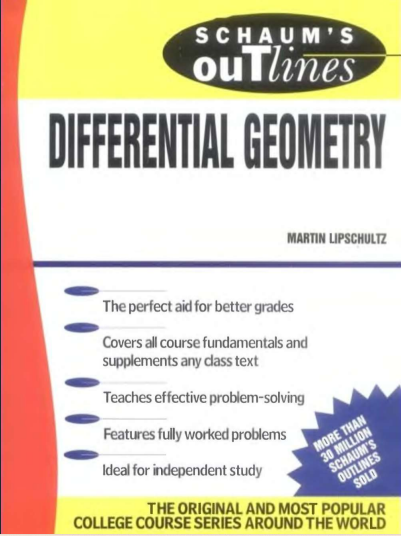Introduction to Differential Geometry
Differential Geometry is a branch of mathematics that uses the tools of calculus and linear algebra to study the geometry of curves, surfaces, and more abstract spaces called manifolds. At its core, it is the study of shapes that are smooth and continuous, where you can apply the concepts of differentiation and measure how things bend, twist, or stretch.
If classical geometry (like Euclid’s) deals with straight lines, circles, and triangles, then differential geometry extends these ideas to curved spaces. It asks questions like:
How do you measure curvature of a curve or a surface?
What does it mean for a space to be flat or curved?
How can you describe the shape of the universe itself?
Why Differential Geometry Matters
Differential geometry is not just abstract theory. It plays a central role in many areas of science and technology:
Physics & Relativity – Einstein’s theory of general relativity uses differential geometry to describe spacetime and gravity.
Computer Science – In computer graphics, robotics, and machine learning, differential geometry is used to model surfaces, shapes, and optimization problems.
Engineering & Design – It helps in the design of structures, surfaces, and materials that involve curvature.
B.’iology & Medicine – Used in studying the shapes of proteins, cells, and even brain structures.
Key Concepts You’ll Encounter
Curves and Surfaces – The foundation, describing how objects bend in space.
Curvature and Torsion – Measurements of how a curve twists or a surface bends.
Manifolds – Generalized spaces that locally look like Euclidean space but may have global curvature.
Geodesics – The “straightest” possible paths on a curved surface (like great circles on a sphere).
Riemannian Geometry – A powerful framework that introduces metrics to measure lengths, angles, and distances on manifolds.
Learning Differential Geometry
At Math Grammar, our goal is to make this fascinating subject approachable. We provide notes, examples, and step-by-step explanations that guide you from the basics of curves and surfaces to the abstract beauty of Riemannian manifolds.
Differential geometry is where analysis meets geometry, opening doors to advanced mathematics and its countless applications in the real world.

Differential Geometry
Schaums
Differential Geometry Handwritten Notes
